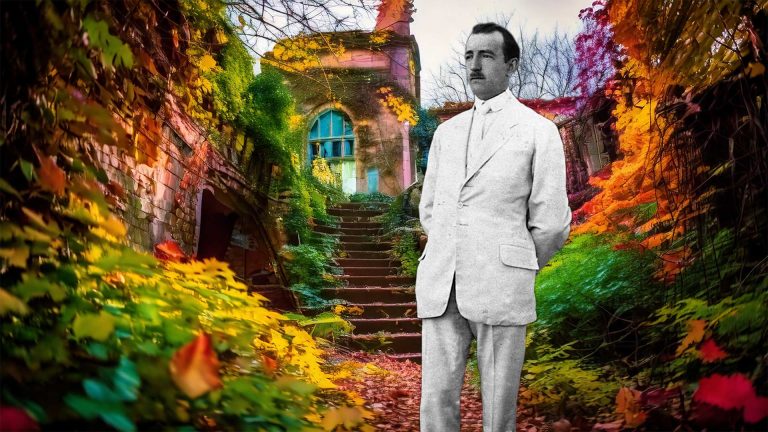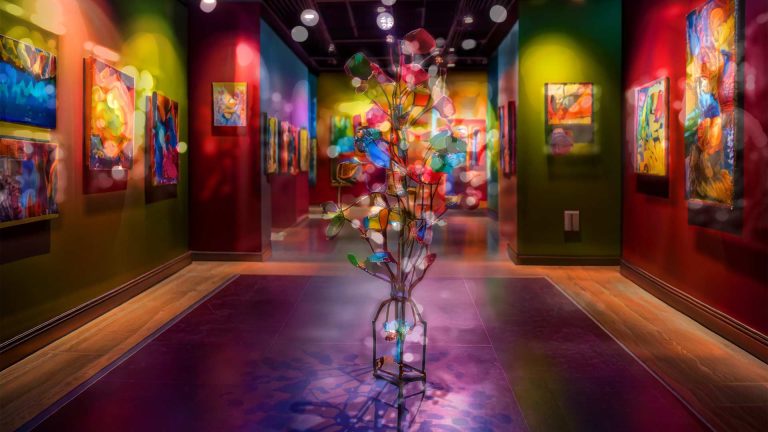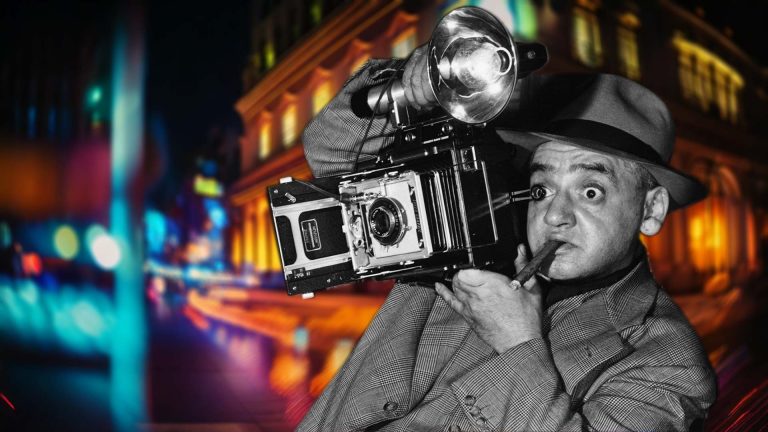Read time 2 minutes 20 seconds
rancesca Woodman’s hauntingly intimate photography continues to captivate and inspire audiences worldwide, cementing her place as one of the most influential figures in contemporary photography. Born in 1958 in Denver, Colorado, into a family with a deep love for Italian culture, Woodman’s extraordinary career was tragically cut short when she passed away in 1981 at the age of 22. Yet, her body of work has had an enduring impact on the art world, particularly in the realms of self-portraiture, body image, and the exploration of identity and space.
Woodman’s work masterfully blurs the lines between art and autobiography, with many of her most iconic images featuring herself as the subject. She seamlessly integrated her body with the environments around her—whether in abandoned buildings, art studios, or rural landscapes—exploring themes of vulnerability, isolation, and the complexity of the human experience. The ethereal, almost ghost-like quality of her self-portraits, where she often appears partially obscured or fragmented, speaks to the constant struggle for identity and presence. The dreamlike, blurred nature of many of her photographs evokes a sense of impermanence, capturing fleeting moments of introspection and quiet anguish.
Time played a pivotal role in Woodman’s work. Through the use of long exposures, she created blurred effects that made her appear both present and absent at once. Her fragmented body became a metaphor for the human condition—intimately familiar yet otherworldly, and evoked a sense of mystery and transformation.Her use of black-and-white photography amplified the emotional intensity of her work, with stark lighting and dramatic contrasts that create an otherworldly, almost surreal atmosphere. Though her career was brief, primarily spent as a student at the Rhode Island School of Design, Woodman’s work remains a profound testament to her talent and emotional depth.
Beyond her self-portraits, Woodman explored themes of movement, the fragmentation of the body, and the interplay of light and shadow. Many of her images depict her nude form—sometimes wrapped in fabric or camouflaged by architecture—challenging conventional ideals of beauty and objectification. While often compared to artists like Cindy Sherman, Woodman’s deeply personal exploration of her own body and her haunting introspection set her apart.
Though her work went largely unrecognized during her lifetime, Francesca Woodman’s influence has only grown in the years since her passing. Today, her photographs are celebrated in major museum collections across the globe, and her work continues to shape the ongoing conversation about identity, self-expression, and the complexities of the human experience.






